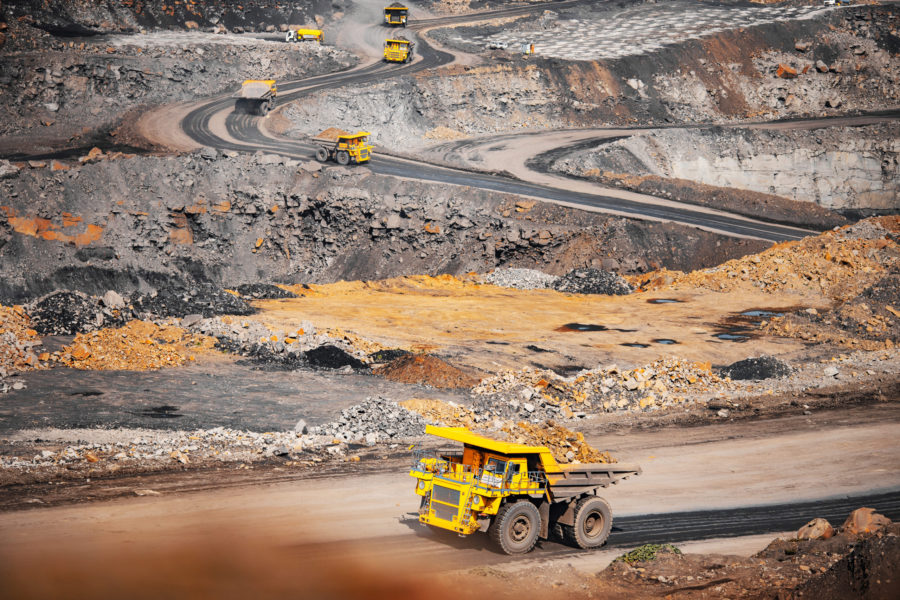Why the United States needs a good vanadium deposit
Mara Strazdins, B.Sc., November 29, 2017
World energy requirements are changing with the onset of energy storage grids needed to store energy produced from large scale solar and wind farms. That’s where vanadium redox flow batteries come in as one of the great new technological game changers for large energy storage needs. Forbes (James Conca, Dec 13, 2016) notes that although vanadium flow batteries are large in scale, they are also fully containerized, nonflammable, compact, reusable over semi-infinite cycles, discharge 100% of the stored energy and do not degrade for more than 20 years.
The vanadium flow battery is essential for our future energy consumption requirements. In the U.S., the Energy Storage Association believes that energy storage is a fundamental part of a secure energy future and an effective, “all-of-the-above” national energy strategy. According to the U.S. Energy Storage Monitor Q3 2017 Executive Summary report, lithium-ion batteries dominated the U.S. energy storage market for the eleventh straight quarter, holding 94.2% of the market in Q2 2017. Vanadium-redox flow batteries held 5% of the market in Q2 2017, attributable to 2.0 MW of deployments. California will remain the undisputed king of the U.S. storage market over the next five years. Arizona, Hawaii, Massachusetts, New York and Texas will all battle for second place, with each market forming a significant chunk of deployments through 2022. By 2022, the U.S. energy storage market is expected to be worth $3.1 billion.

Where are vanadium flow batteries used for energy storage in the U.S.?
In March of 2017, Utility San Diego Gas and Electric (SDG&E) and Sumitomo Electric (SEI) announced the unveiling of a new 2MW/8MWh pilot vanadium redox flow battery storage project in California to study how the flow battery technology can economically enhance the delivery of reliable energy to customers, integrate growing amounts of renewable energy and increase the flexibility in the way the company manages the power grid. The vanadium redox flow battery storage facility will provide 2 megawatts (MW) of energy, enough to power the energy equivalent of about 1,000 homes for up to four hours. Flow battery systems have an expected life-span of more than 20 years, and could have less degradation over time from repeated charging cycles than other technologies. SDG&E will be testing voltage frequency, power outage support and shifting energy demand.
Junji Itoh, managing director of Sumitomo Electric stated, “We are delighted to see our first flow battery system operating in the U.S. through the multiple-use operation of the battery system in SDG&E’s distribution network, we would like to prove its economic value and potential use on the electric grids.” (March 16, 2017, http://sdgenews.com/battery-storage-clean-innovative-reliable/sdge-spurs-energy-storage-innovation-flow-battery)
In June of 2107, The Natural Energy Laboratory of Hawaii Authority (NELHA), Hawaii Electric Light Co., Ulupono Initiative, and UniEnergy Technologies (UET) began installation of a 100kW/500kWh advanced vanadium flow battery at the Hawaii Ocean Science and Technology Park (HOST Park) administered by NELHA with operation to begin next year. The flow battery technology and was developed by the U.S. Department of Energy’s (DOE) Pacific Northwest National Laboratory (PNNL) and commercialized by UET. (June 28, 2017, By Renewable Energy World Editors at http://www.renewableenergyworld.com)
In April of 2017, UniEnergy Technologies (UET) announced the installation a new large flow battery on the grid in Snohomish County in Washington State. The 2MW, 8MWh battery system installation is currently the largest capacity containerized flow battery system in the world. It’s housed in 20 connected shipping containers and will be used by the Snohomish Public Utility District which has also invested in lithium-ion battery installations. (https://arstechnica.com/information-technology/2017/04/washington-states-new-8-megawatt-hour-flow-battery-is-the-largest-of-its-kind/)
If the current projects prove successful, more vanadium flow batteries could be integrated onto grids in ecthe U.S. In April 2017, the Energy Storage Association joined with 52 private companies and business associations to deliver a letter to leaders of Congress stating that any dialogue on enhancing and rebuilding America’s infrastructure must include consideration of advanced energy storage systems and that modernization and innovation on the electric grid can reap immense rewards in creating a more resilient, reliable, cost-effective, and sustainable U.S. electric system.
Currently there is no vanadium mined in the U.S. The USGS 2017 Commodities Report states that vanadium is mined mostly in China, South Africa and Russia. In 2007, these three countries mined more than 95 percent of produced vanadium. As the demand for large energy storage grids increases, U.S. based vanadium deposits may be considered strategic.
There are only a few companies in the U.S. that are currently developing vanadium deposits. One company is Prophecy Development Corp with their Gibellini and Louie Hill Projects representing a pure-play vanadium opportunity situated in Nevada. Another pure vanadium project is the Bisoni-McKay property situated adjacent to the Gibellini vanadium project.
Vanadium in the U.S. also occurs as a bi-product in uranium deposits such as those found in the Colorado and Utah. Small quantities of vanadium were produced as a byproduct from the mining of uraniferous sandstones on the Colorado Plateau but all byproduct vanadium production has been suspended since 2014. (USGS 2017 Commodities Report)
Legal Notice / Disclaimer
I am currently retained by Prophecy Development Corp (“Prophecy”) (TSX-PCY) which engages in vanadium exploration. The opinions, estimates and projections presented herein are my own and not of Prophecy. This article is not intended to be an offer to sell or a solicitation for an offer to buy securities. Though the sources of information are considered reliable, no representation or warranty, expressed or implied, is made as to the accuracy or completeness of the information contained herein. Neither myself nor Prophecy accepts any liability whatsoever for any loss arising from any use of this article or its contents.
{{ commodity.name }}
{{ post.title }}
{{ post.date }}

Comments